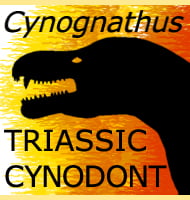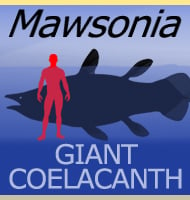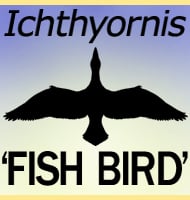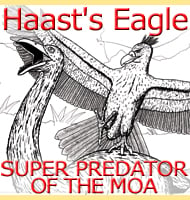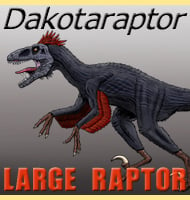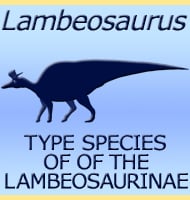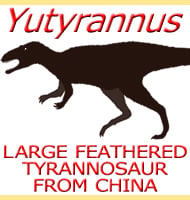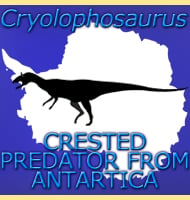In Depth
Tamisiocaris was first described as a possible anomalocaridid back in 2010, but by 2014 the genus was not only being confirmed as an anomalocaridid, but as a filter feeder. Anomalocaridids generally have two curving appendages that depending upon the genus, are usually situated in front of the head. The appendages on Tamisiocaris had many more backward facing bristles that other genera and they were very fine forming a comb-like structure. This ‘combs’ are thought to have been swept through the water so that small aquatic organisms from plankton to small invertebrates were caught in them. The appendages would then curl back around and deliver the bristles to the mouth where they would be sucked clean of the trapped organisms.
In 2015 a new anomalocaridid named Aegiroscassis was named, and this is also thought to have been a filter feeder, and one that reached very large sizes.
Further Reading
- A Possible Anomalocaridid from the Cambrian Sirius Passet Lagerst�tte, North Greenland. - Journal of Paleontology 84(2):352-355. - A. C. Daley & J. S. Peel - 2010. - A suspension-feeding anomalocarid from the Early Cambrian. - Nature 507:496-499. - J. Vinther, M. Stein, N. R. Longrich & D. A. T. Harper - 2014.

